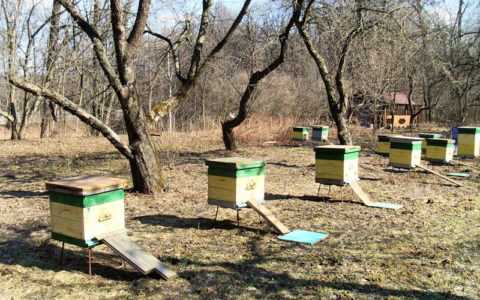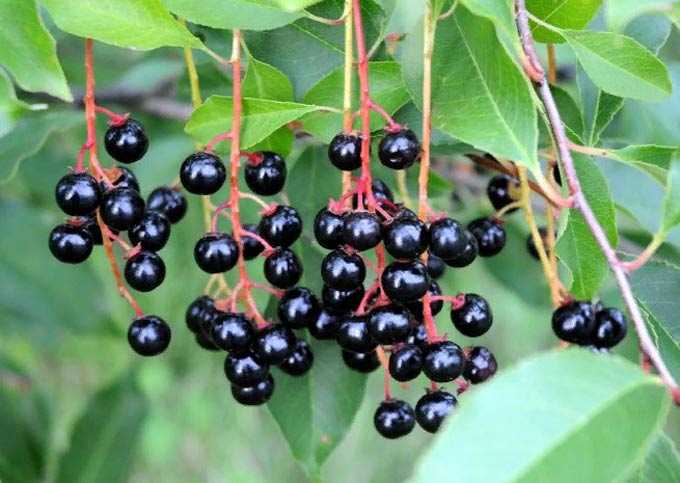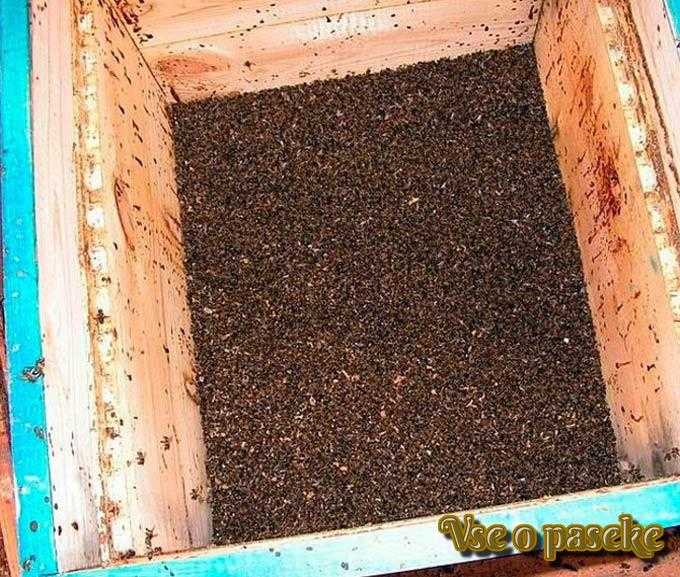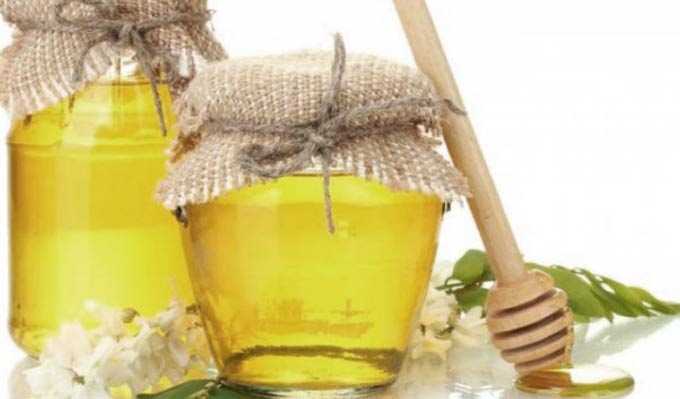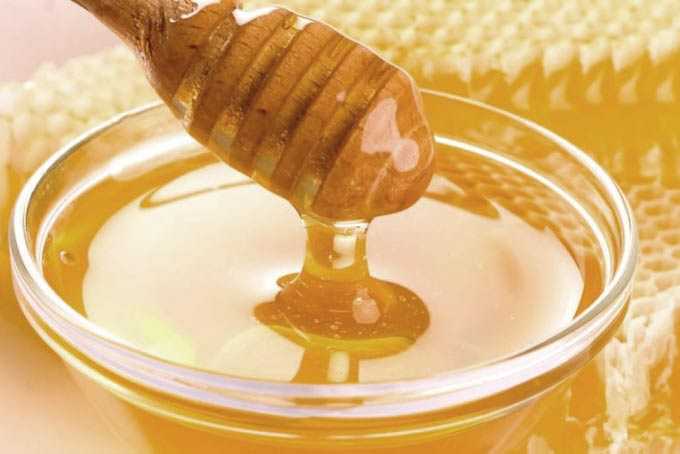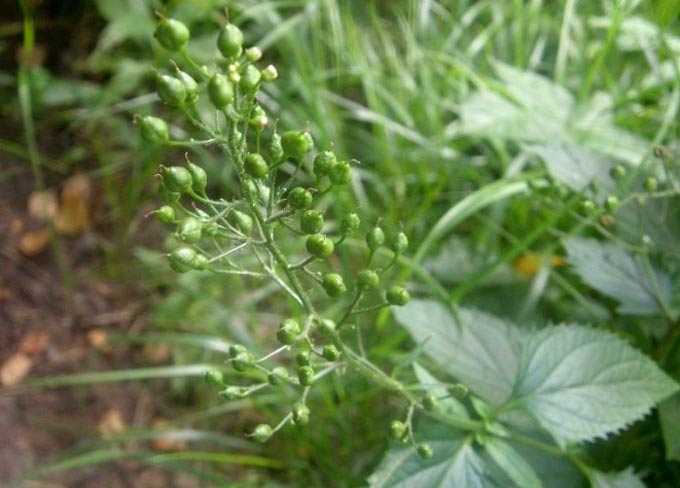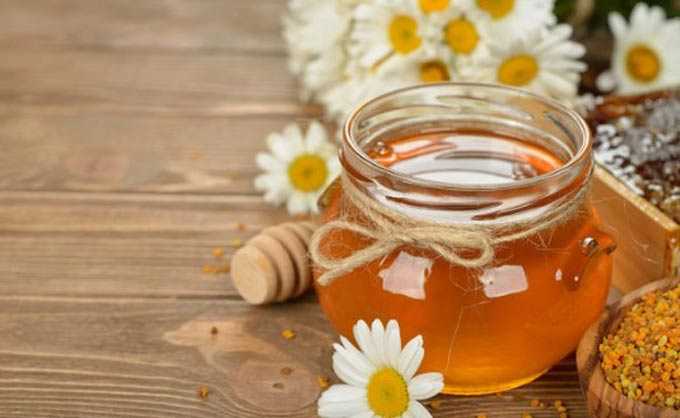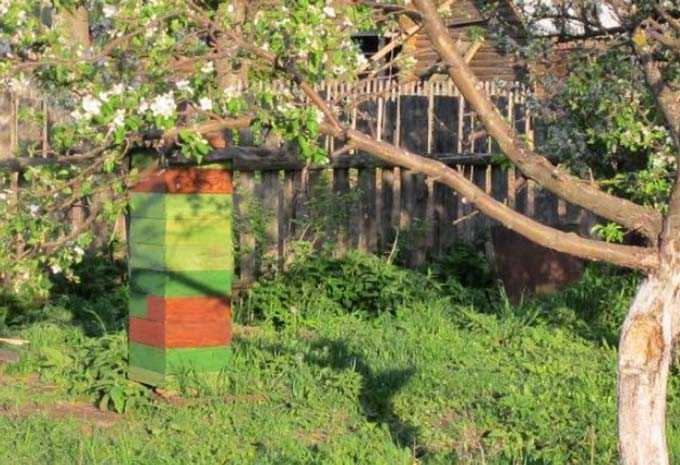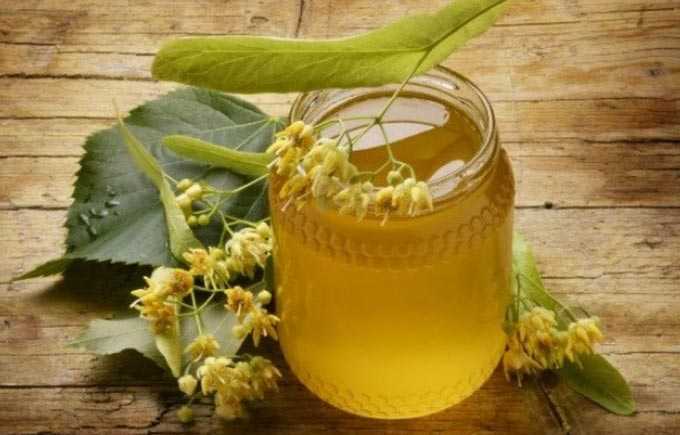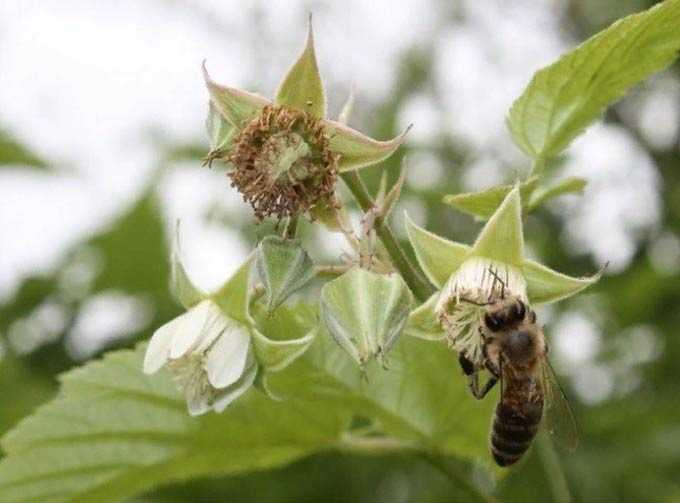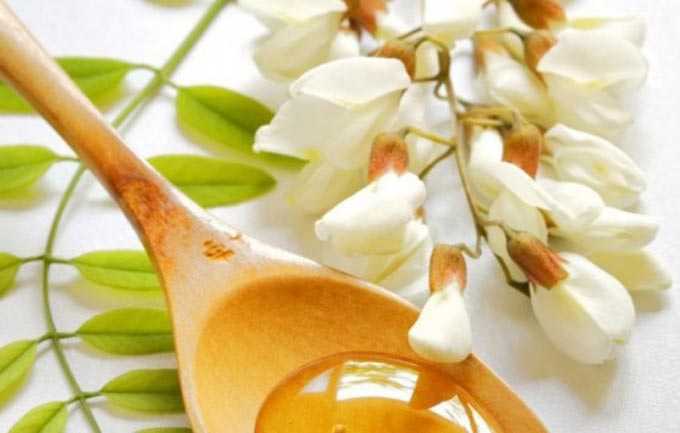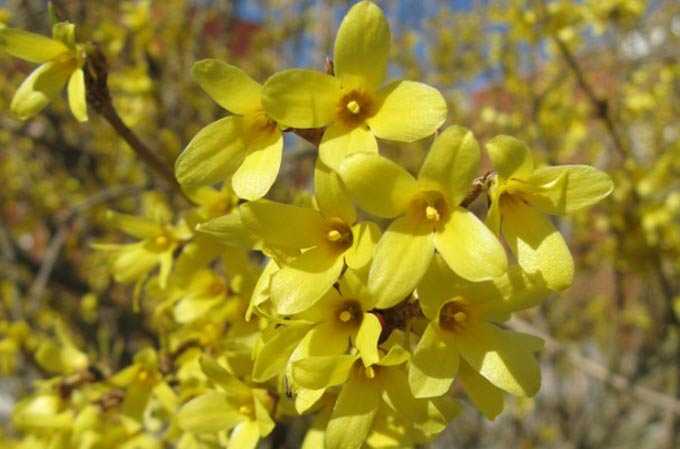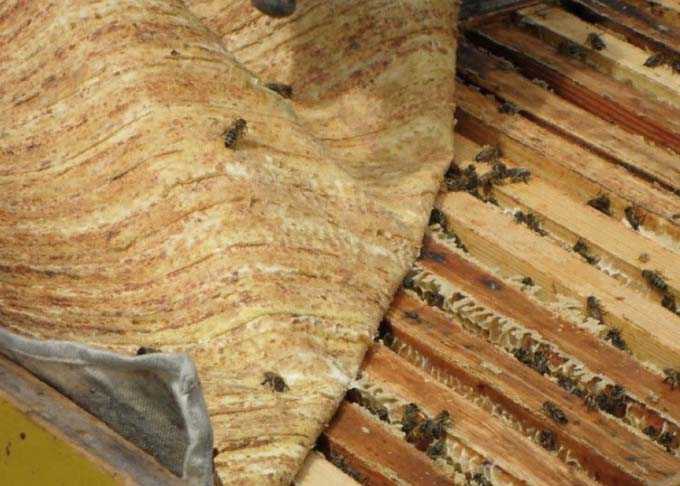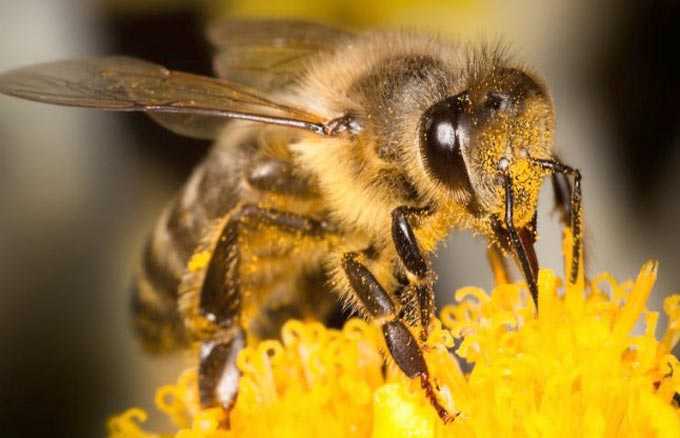This is an essential circumstance that should be considered by beekeepers. Some types of vegetation in the region can be poisonous (for example, henbane, wild rosemary, rhododendron, ragweed, and others). If you know that they bloom profusely, do not use pollen collectors for hives during the entire flowering period!
Similar advice for pollen collectors. Do not cut off inflorescences or shake off pollen grains from notoriously poisonous vegetation in your area.… This is dangerous for those who will take the pollen, as well as for the collectors themselves.
Second, the 60-80 million people on Earth suffer from hay fever – an allergic disease caused by flowering plants… It is known in medicine under several names at once: hay fever, seasonal rhinitis, hay asthma, pollen allergy.
For example, with increased sensitivity to the flowering of ragweed, “ragweed hay fever” occurs (described in 1972 by A. Ostroumov, Doctor of Medical Sciences). This herb blooms from the first days of August to November, causing massive allergic diseases in the population of those regions where ragweed is widespread.
Pollinosis is dangerous not only with temporary symptoms, but also with a serious complication – bronchial asthma (observed on average in 35-47% of cases of pollen allergy).
Third, far away not all people tolerate bee products well… And we know that there is the saliva of collecting bees (a valuable source of enzymes!) And a small amount of “impurity” in the form of flower nectar or ready-made honey.
That is, with flower and bee pollen, you need to be careful. And there are three reasons for this: poisonous plants, hay fever, intolerance to beekeeping products.
It is the task of a conscientious beekeeper to track down blooming poisonous grasses and shrubs. And to take care of their health is already the responsibility of the people themselves, who have decided to take polish.
What does intolerance look like?
Using the example of ragweed pollinosis, one can track what will happen to the health of ragweed people sensitized to pollen grains.
The main symptoms are:
- sneezing attacks;
- itching in the throat and nose;
- sometimes severe malaise with loss of appetite;
- with a massive flowering of the source of the allergen, pronounced rhinitis and conjunctivitis appear (in other words, a severe runny nose and watery, red, swollen eyes).
And this is a reaction only to the presence of pollen grains in the air! If the allergen enters the food, the state of health will noticeably deteriorate.
Separately about hand-collected pollen
We remind you once again that hand-picked pollen grains contain no special additives in the form of bee saliva and nectar.
French physician Allen Cayas wrote: “Allergies can be caused by pollen carried by the wind, but bees collecting it add a little nectar and saliva, which destroy allergens …”
Bees help mitigate the effects of this food additive on the human body. If there is no intolerance to bee products, polishing will be safer and more effective for rejuvenating the body, preventing diseases.
Accordingly, for pollen, the main contraindication is hay fever.
🌻:
About the benefits and dangers of pollen

